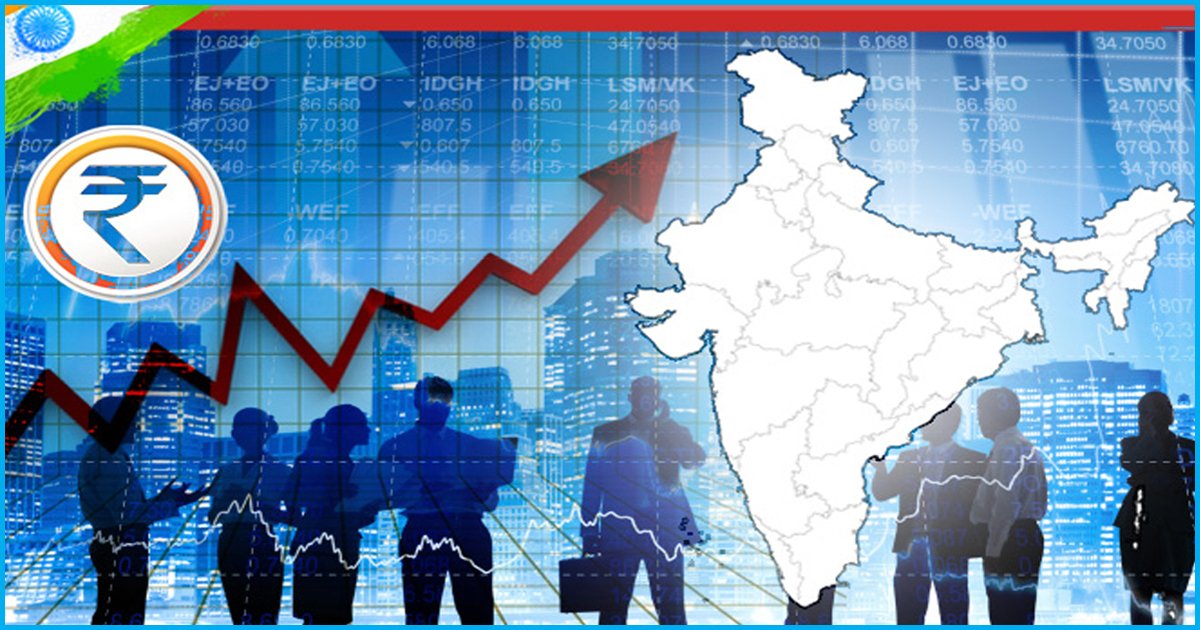If Prime Minister Narendra Modi wants to make his pledge to turn the country into a $5 trillion economy by 2024- from $2.7 trillion (before the pandemic)- into a reality, India needs its economy to expand at 9% to 10% pace for a sustained period of time.
With growth slowing for six straight quarters before the pandemic has set in, and little sign of a rebound, it was a foregone conclusion that the $5 trillion economies was a distant dream.
India’s per capita income is about $2,000 a year – dwarfed by China’s $9,800 a year.
So, while a 5% growth rate might sound healthy, India needs a much faster growth rate just to catch up with other Asian countries such as Indonesia, with a per capita income of $3,900, and South Korea’s $31,000.
India’s moderate growth rate was also a jobless growth. The unemployment rate jumped to a 45-year high of 6.1% in 2018.
Once promising economies like Mexico, Brazil, and Turkey could never attain the prosperity of western Europe or Japan because they fell into what experts call the “middle-income trap.” Coined by World Bank economists Indermit Gill and Homi Kharas, the phrase “middle-income trap” refers to a sustained economic slowdown following a period of strong growth.
The economic reforms that India unleashed in 1991 led to a period of strong growth, lifting millions of people out of poverty and increasing the size of the economy by almost nine times in about 30 years’ time. However, unlike China or other prosperous east Asian nations, there was no mass shift of people from the farm sector to factories.
India failed to create a robust manufacturing sector, which today accounts for less than 17% of GDP.
In contrast, the manufacturing sector contributes more than 40% of China’s GDP. Rather, India’s economic growth has been powered by the services sector, which could create only a few million high-skilled jobs, thereby forcing a staggering 81% of the workforce to be employed in the informal sector.
The manufacturing sector is the most important because it is labor-intensive.
COVID-19 has created a cold war kind of situation between the West (United States + Europe) and China. Reports suggest that US tech giants such as Apple, Microsoft, and Google are contemplating to move their manufacturing facilities from China to other potential countries which offer cheap skilled workforce and low tax regime.
India needs to quickly roll- out a robust and jumbo manufacturing ecosystem to replace China as a global factory.
Indian policymakers are content to ease the license-permit raj a bit here and there and hope to attract MNC giants to relocate to India from China. Central and state government clearances are a mere hygiene factor.
Faster government clearances alone will not motivate MNCs to relocate their factories from China to India.
India has to do much more work in terms of revamping its education system, enhancement of the skill sets of its workforce, availability of the abundant quantity of different manufacturing skills at identified locations, better logistics connectivity, a simplified and friendly tax regime, land and labour reforms, etc., in order to replace China in the global supply chains. These are the most difficult tasks required to attract global manufacturing to India.
If we do not reform now in these crisis times, we may never be able to provide enough jobs to our teeming youngsters.
Without a robust manufacturing sector and without becoming a part of global supply chains, India will simply be wasting away it’s so-called ‘demographic dividend’.
India has very low levels of human capital growth for an ambitious major economy.
The World Bank ranked India at a lowly 115th out of 157 countries in its Global Human Capital Index rankings released last year. No country has moved to a high-income category without making sufficient investments for human capital growth.
Is India, which began sprinting towards the goal of a high-income economy after the economic reforms ushered in by the PV Narasimha Rao and Manmohan Singh duo in the early 90s, headed for such a “middle-income trap”?
The economic slowdown, which has set in since 2018 onwards indeed signals India risks falling into a middle-income trap, as many economists have been warning. This was before the onset of the COVID-19 pandemic – the Indian economy had slowed down to 4.5 percent GDP growth (the slowest since the 2008 crisis) and was not participating in the global resurgence of 2018 and 2019. Many economists have then said that India’s economy is facing a structural slowdown.
Most of the government measures for course correction have focused on encouraging investment rather than stimulating domestic demand. It announced $20 billion in corporate tax cuts to companies. It merged weak public-sector banks with stronger ones, hoping that can spur lending. Foreign investment rules were eased and a special real-estate fund was set up to salvage stalled residential projects.
It also announced to sell state assets in India’s biggest privatization drive in more than a decade. In December 2019, the government outlined a $1.5 trillion plan to build infrastructure over the next five years.
Private Final Consumption Expenditure is the prime driver of the Indian economy with about 60 percent share in GDP.
Without a demand push, economic recovery is not plausible.
Measures to stimulate demand, like reduction in GST rates, higher employment creation, universal basic income, lower personal income tax rates, etc., have escaped the government’s attention.
After the outbreak of coronavirus pandemic, the Indian economy is nosediving.
The International Monetary Fund projected that the Indian economy will contract by 4.5% in 2020. This will amount to a 9% drop in GDP (4.5% pre-COVID growth rate turning into 4.5% contraction).
A low- income country having a negative growth rate of 5% will have major implications for poverty projections. It can push a large number of people into extreme poverty.
This is a gigantic crisis calling for path-breaking thinking from the policymakers, to salvage the economy.

3 Comments